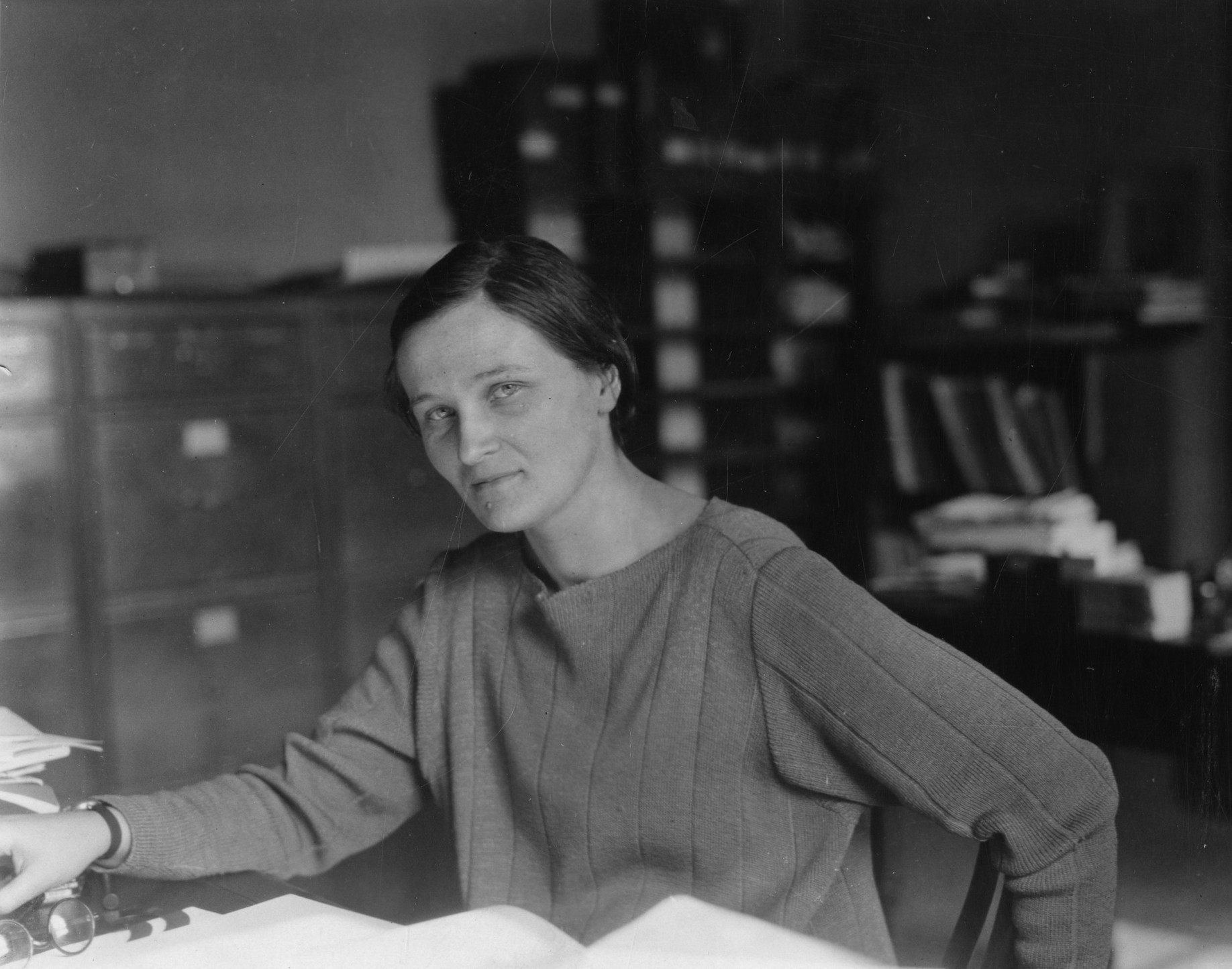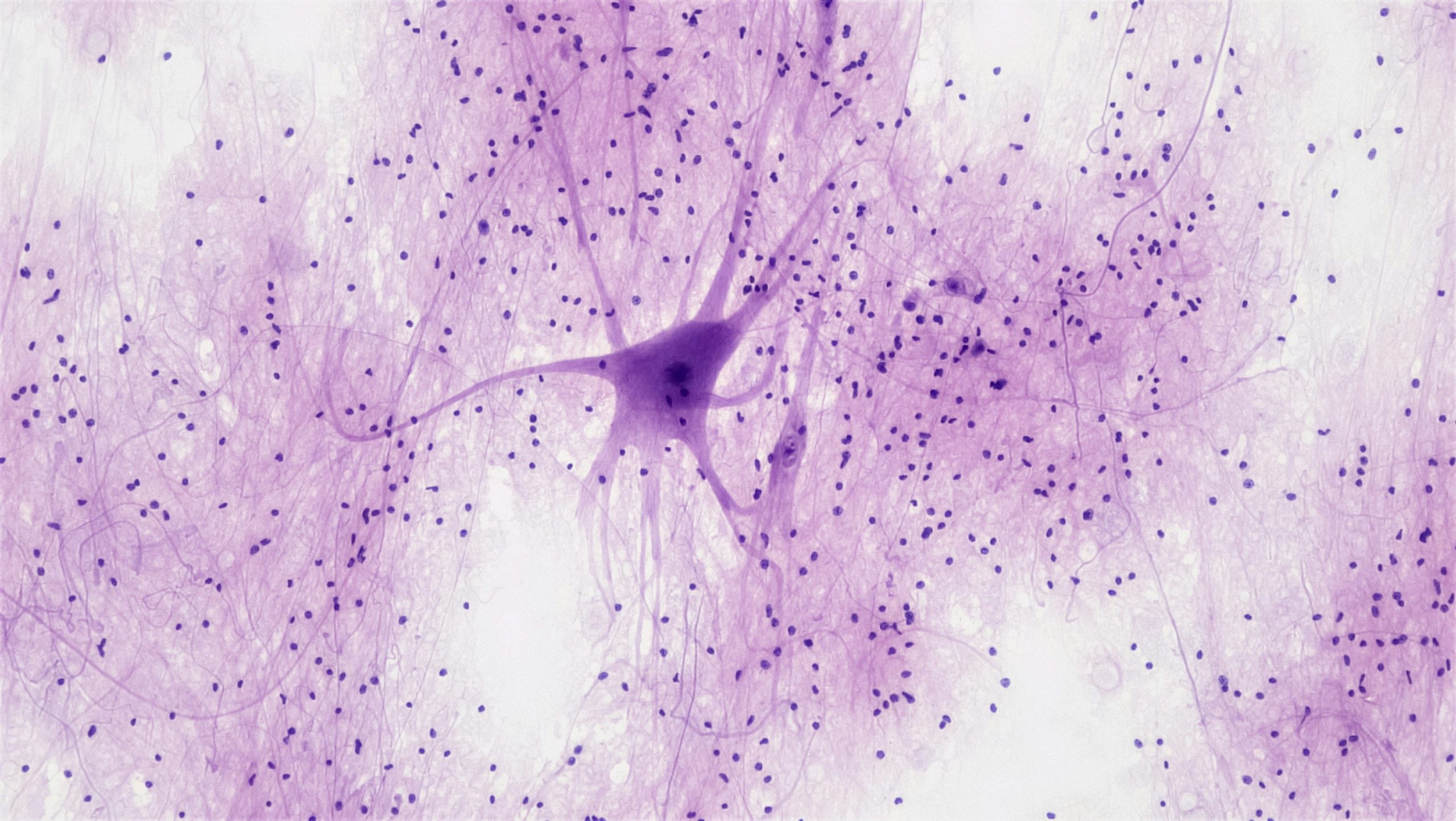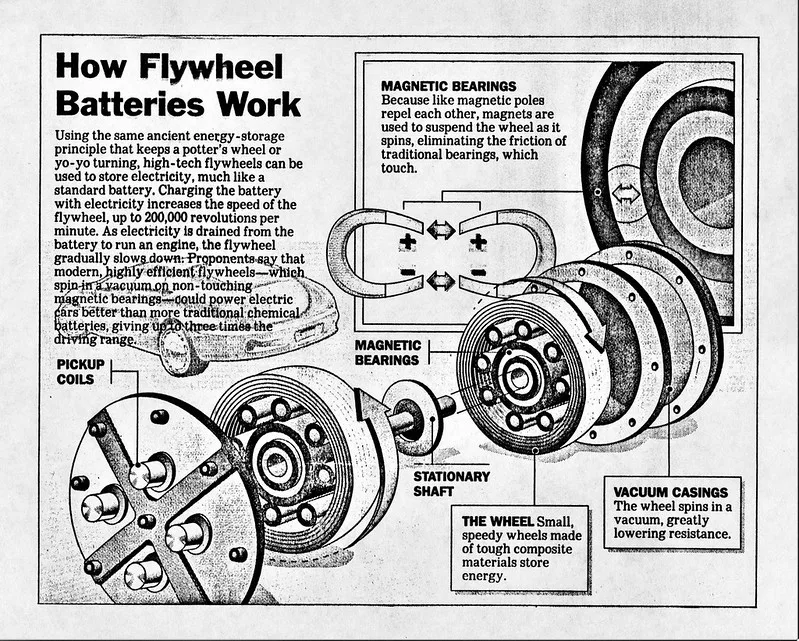by Jake Pugsley, Year 13, The Cotswold School, Gloucestershire
When I hear the term “unsung hero of science,” the first thought that comes to mind is of an underrated, belittled researcher, his theses discredited by the wider world of erudition. I imagine a man, slumped at his desk, disparaged by his fellows’ baseless accusations that his industry is uncorroborated or illegitimate. What doesn’t come to mind – yet what rightly should – are the real unsung heroes, or, rather, heroines.
Cecilia Payne-Gaposchkin is a perfect example. An elected member of the Royal Astronomical Society while still studying at Cambridge University, and the first person to posit the idea that the primary composition of stars was helium and hydrogen (the two lightest elements), her dissertation was shunned by the leading scientists of her day, purely because it contradicted the paradigms of her era. She also revealed that such deposits of hydrogen were one million times more abundant than on Earth, and thus it was the most common element in the entire universe. Nevertheless, this only led her to be ridiculed further, since her results were so unprecedented and her thinking so unorthodox. In fact, even she described her results as “spurious” due to their ground-breaking implications and the imposed pressure of her peers.
It wasn’t until 1929 when astronomer Henry Norris Russell – the very same man who rejected her research four years earlier – published his own identical findings in a paper that the theory became widely-accepted. If that wasn’t unfair enough, Payne-Gaposchkin’s discoveries are still often ascribed to Russell, despite the opposite being true.
In terms of significance, Payne-Gaposchkin’s work made metaphorical headlines, and revolutionised approaches to astrophysics across the globe. Otto Struve, arguably one of the most prolific astronomers to date, with over 900 journal articles and books, pronounced it “the most brilliant PhD thesis ever written in astronomy” – an accolade very few can flaunt. And it didn’t stop there.
Former contentions that the Sun’s elemental composition was similar to that of Earth were therefore disproved, which gave way to the major conjectures of stellar nucleosynthesis, stellar lifecycles, and the astrophysics of supernovae. The famous B2FH paper – among the most cited in astrophysics history – which explored nuclear fusion and the origins of the chemical elements, would never have been written without Payne-Gaposchkin’s innovative approach.
Payne-Gaposchkin, herself, was quite the underdog. Born in 1900, her father died when she was just four, leaving her mother to take care of the family alone. She won a scholarship to Cambridge University, but was never awarded the degree she earned because of her gender – a hardship many women faced until 1948. Attending a lecture by Arthur Eddington in 1919 on his expedition to observe and photograph stars as a test of Einstein’s Theory of General Relativity, the flame, which was soon to become a flair for astrophysics, was ignited; she called it “a complete transformation in [her] world picture.” She exchanged Cambridge, England, for Cambridge, Massachusetts, leaving her home in 1923 to pursue a career at Harvard College Observatory.
There, she worked tirelessly for over 40 years, though not without competition. Harlow Shapley, head of the Observatory, often pitted Payne-Gaposchkin against one of Russell’s mentees, Donald Menzel (yes, the same Russell again, who dismissed her astrophysical breakthrough). It was only when Menzel succeeded Shapley as acting director of the observatory in 1952 (and official head two years later) that the competitors found common ground. Heart-warmingly, it was he who strove to improve her reputation, and he did so markedly, eventually awarding her proper recognition as the first female professor in the faculty, and head of the college astronomy department.
Payne-Gaposchkin won the Rittenhouse Medal from the Rittenhouse Astronomical Society at the Franklin Institute in 1961, and lived to see her name immortalised in the field she loved so passionately, as the ‘2039 Payne-Gaposchkin Asteroid’: a minor planet, in whose cosmic brilliance her legacy will live on forever. To further memorialise such an influential pioneer and figurehead of modern day science, the American Physical Society’s Doctoral Dissertation Award in Astrophysics was renamed the Cecilia Payne-Gaposchkin Doctoral Dissertation Award in Astrophysics in 2018, to kindle the solar flare of hope of the future unsung heroes – and heroines – of science.





